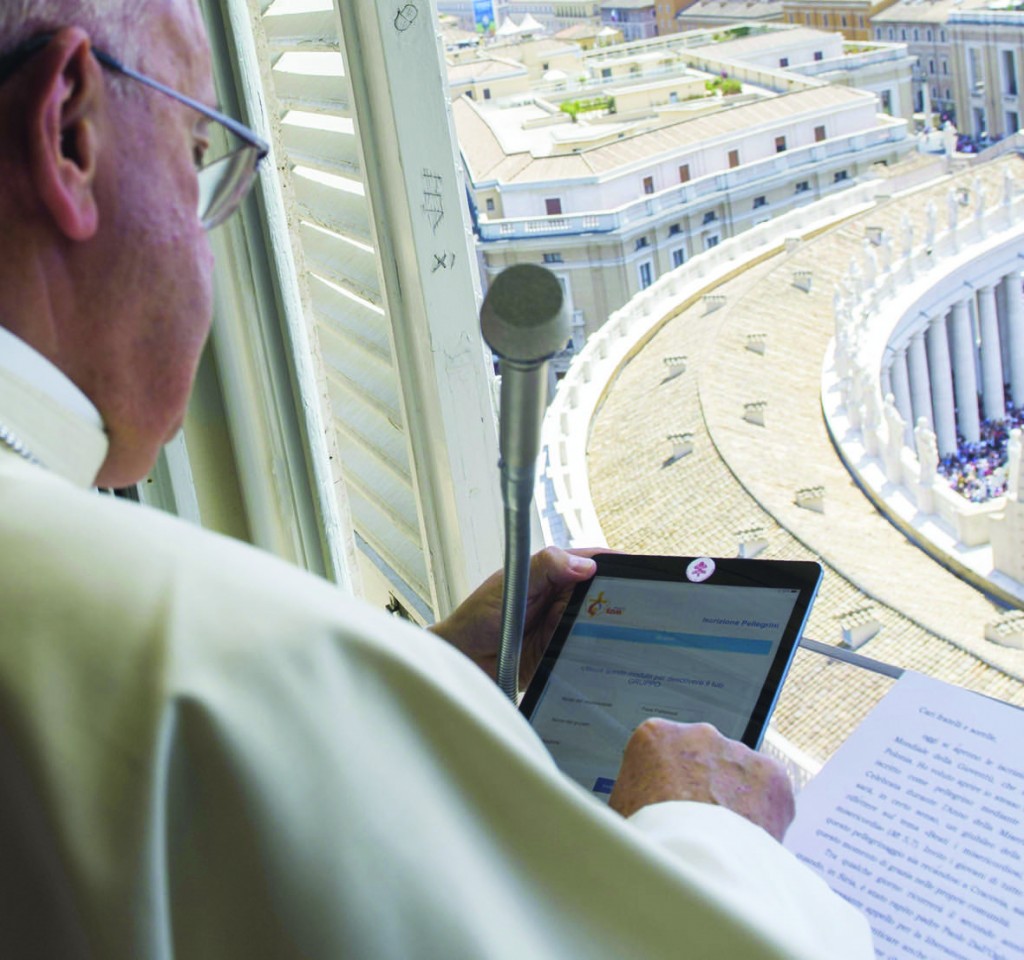
“We can say that he is a great storyteller. He knows well that when people are thristy they don’t want H2O but water.” (CNS photo/L’Osservatore Romano via EPA)
Monsignor Viganò, from January 22, 2013 to December 21, 2015, you were the director of the “Pope’s Television Network,” the CTV (“Centro Televisivo Vaticano”). And on June 27, 2015, you also received quite a 53rd birthday present: your nomination as prefect of the newly-formed Communications Secretariat, with the task of reorganizing the Holy See’s composite world of communication, bringing it in line with the times. From very close up you lived through the last and most dramatic phase of Benedict XVI’s pontificate, and right from its beginning you witnessed Pope Francis’ pontificate, which has been revolutionary from a certain point of view…
Monsignor Dario Viganò: More than being a present, my nomination to the prefecture was more like a cooperation à la Simon of Cyrene. Beyond the quip, I could sum it up by saying that with Pope Francis we have embarked upon a path of apprenticeship in our respective services to the Church: he, as Pope, and I, as the one who tells about it through images, as his daily life unfolds.
What surfaced right away was the emphasis on communication on Pope Francis’ part, compared to what went on with Pope Benedict…
Let’s dwell on the latter for a moment…
Viganò: On Pope Benedict? A man of courteous manners, very attentive in his personal relationships, whose formation took place in the silence of libraries; he comes from the Germanic world, and he has a very reserved personality. His attitude is very different from that of John Paul II, even though Benedict accompanied and supported John Paul for many years as a close collaborator: we got to know a Pope like Karol Wojtyla who not by chance was called “God’s athlete,” who was always a protagonist, even in the final phases of his life, who never allowed himself to fade away from any role less than front and center.
Pope Benedict, on the other hand, as we saw right from the start at World Youth Day in Cologne, when he backed away off the stage, was in substance a man who wanted to remain concealed. He subtracted himself from center stage.
You were called to tell the story of what were to be the last, richly dense weeks of his pontificate…
Viganò: Yes, the final days leading up to his decision to communicate his resignation, and then what has remained in everyone’s heart: his helicopter flight from the Vatican to Castel Gandolfo… Those were days when even the media and social networks recovered their closeness to him, their affection… I’ll never forget, in particular, his final hours in the Vatican, with his final farewell…
The time has come for us to talk about Pope Francis…
Viganò: The son of Italian immigrants… because of this, we Italians feel that he is very much one of our own. Besides this, he brings with himself the culture, style, passion and vivacity typical of the Church in Latin America… a Church that has known moments of maturation with the huge meetings in Rio de Janeiro, Puebla, Medellin, all the way to Aparecida. It is a very composite Church, the fruit of interaction between missionaries and local priests… a Church that knows how to give, because it has been given so much. From the start, Francis presented himself to the world in his own style: no one is called to imitate others, but each of us must be ourselves, carrying out what we are called to do.
Could you describe him for us, with a few key examples?
Viganò: He is a man who is well aware of his age, yet he is generous and never spares himself. Last Holy Thursday, in the afternoon, he greeted 900 people, one by one, at the Center for political asylum seekers in Castelnuovo di Porto, outside Rome.
He is very far from Vatican protocol and ritual. That March 13, 2013, he presented himself with a smile right away, his arms dangling at his sides, his simple way of dress. I remember that I saw him as he was leaving the Pauline Chapel before reaching the Loggia of St. Peter’s Basilica, and he was asking, with his smile that has since become so familiar, what he was supposed to do.
He seems a Pope quite unaligned with the world of mass media, characterized by noise and high speed…
Viganò: It’s strange. Today’s media tend to be all about shouting: so many programs have people raising their voices over one another… Pope Francis, on the other hand, has a low-timbered voice, a serene way of speaking, almost slow, full of pauses. It is precisely this strong discontinuity with respect to today’s way of communication that allows him to manage the media, and not vice-versa. The media discuss him a lot: new magazines have been created that focus on his pontificate, and vast numbers of books have been published on the same topic…

Pope Francis greets journalists aboard his flight to Havana February 12 (CNS photo/Paul Haring)
Yes, but how is this to be explained?
Viganò: The fact is that the words that come out of his mouth, the gestures, the looks he gives, come with the dust of the many miles he has trodden ever since he was auxiliary bishop, then archbishop, of Buenos Aires. For a bishop, the most important service is the benevolent shepherding of his people. And benevolent does not mean naive…
His words are simple, easily understood by everyone…
Viganò: They are very simple, but not simplistic. I think that Pope Francis has, thanks to his experience as a man, a Jesuit, a believer and an intellectual, attuned his life to God to such a degree that he can allow his words to be simple, but never trivial.
But that way of expressing himself sometimes leads to “misunderstandings,” which give rise to bad feelings in parts of the Catholic world. I refer to certain responses he gave on the plane to reporters’ questions… not rarely the Vatican Press Director, Father Federico Lombardi, is forced to define and interpret the Pope’s words. Who can forget his “Who am I to judge?” statement, which was hyper-exploited. It has become the mantra reproposed again and again by those who would force the Catholic Church to remain quiet on themes of family and life. And his remark warning against “reproducing like rabbits”… well, there are those who wonder if Pope Francis still hasn’t fully realized the dynamics (sometimes with perverse effects) that characterize today’s media…
Viganò: Look, I believe that, in communications, there are no rules, only risks. Consider the example of Pope Benedict, a very precise man, well-prepared, careful of details. Even with him they had to intervene many times to clarify his positions. You know that Pope Benedict always held press conferences on board planes, at the beginning of his trips. Personally, I feel this is a strategic error in communications management. Think of what happened at the onset of his trip to Africa, when the whole trip had a shadow cast over it because of his early remarks on condoms. With Pope Benedict, all press questions were chosen and sent in ahead of time, the Pope would take note of them and prepare his responses… well, even in those cases things didn’t go exactly as planned. The fact is that, in communications, risk is always present, whether in a controlled environment (as for Pope Benedict) or a spontaneous one (as for Pope Francis, who answers off-the-cuff to questions he is hearing for the first time). It is clear that uncomfortable situations can arise, but it is precisely in those types of occasions that one comes to understand whether a journalist is truly a professional whose goal is to “form” rather than to “inform”…
Pope Francis’ written words… one might be tempted to think that sometimes the Pope hands over a written text to groups he meets, or to bishops’ conferences on their ad limina visits, without reading it, instead improvising a spontaneous speech just at the moment he is with them…
Viganò: I would like to point out that, if the Pope acts in this way, it certainly isn’t to put distance between himself and the people in the Secretariat of State who, with great commitment and capability, prepare his texts. If the Pope sometimes sets aside his written speeches, it’s because he is Latin American, someone who intuitively feels the atmosphere that has been created at the meeting, and so he prefers to speak off-the-cuff. But even then, he always uses a reasonable style…
Not rarely, when he improvises, he pulls out anecdotes or personal experiences from his own life, such as his references to his grandmother…
Viganò: We can say that he is a great storyteller. He knows well that when people are thirsty they don’t want “H2O” but water. Abstract, conceptual language is harder to remember. Take for example, his Angelus discourse of November 8, 2015, when he wanted to illustrate charity: he evoked a family at the dinner table, with the mother who cut her children’s meat portion in half so a poor beggar at the door could have something to eat. Charity doesn’t mean giving what is superfluous, but rather something that it costs you to give. Telling an episode, an anecdote, helps people understand and remember. Even Jesus often began with “A man had two sons…”
Part of Pope Francis’ communication style is to ask the crowd questions, with an answer that is more or less inevitable… This morning, at the general audience, he said, “We are all sinners. Is this true? Whoever here isn’t a sinner, raise your hand… Nobody? We all are!”
Viganò: That is what I mention in my recent book, Faithfulness is Change: A First-Hand Look at Francis’ Change of Direction. I call it the Argentinian Pope’s “conversational style.” He converses with the crowd, he repeats things, and has them repeat things, too…
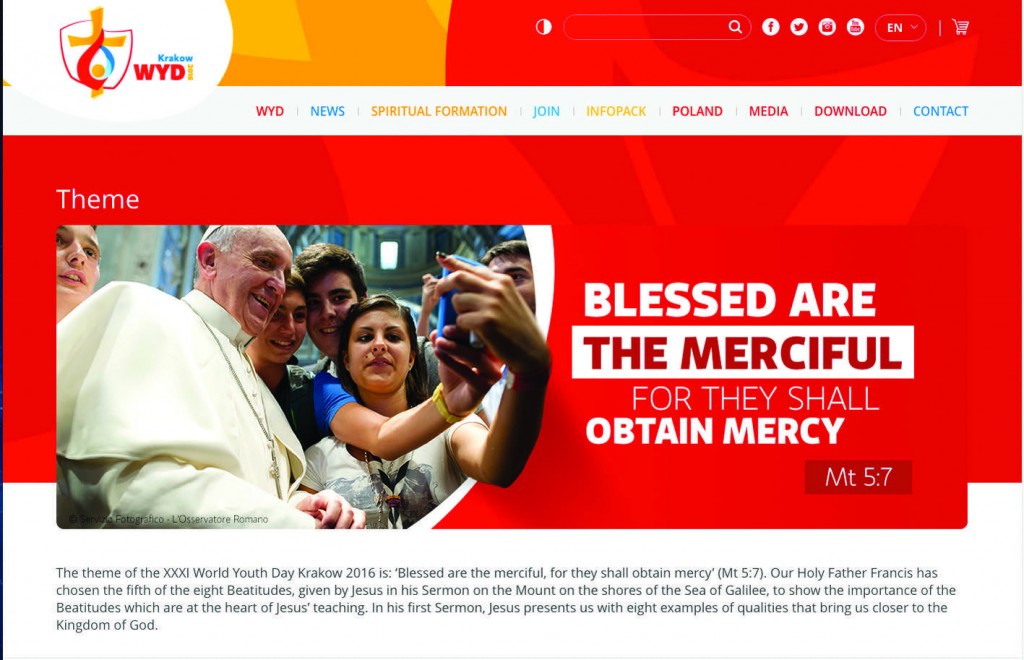
Pope Francis takes a “selfie” with young people. From the website of the upcoming World Youth Day in Krakow.
In the closing prayer of the Way of the Cross on Good Friday, at the Coliseum, Pope Francis repeated the invocation “Oh Cross of Christ” 28 times, each time paired with an “image” of a different situation… But let’s talk about the way he uses Twitter and, as of last March, on St. Joseph’s Day, Instagram…
Viganò: Well, Pope Benedict had already started using Twitter…
Some people object that Twitter, Instagram, etc., are communication modes used by a fluid and superficial society…
Viganò: Media has changed drastically. I remember my Milanese parish priest who would buy the Corriere della Sera (Italian national daily newspaper) and would read it from the first to the last line, taking in all the important journalists and their opinions.
Today few people read that way. Now it is all about social media, which “light up” for a second, even with a brief sentence.
Is it the Pope who chooses his sentences on Twitter?
Viganò: All tweets are approved by the Pope, who puts an “F” for “Francis” on the text proposed by his collaborators.
His tweets are generally lines that remind readers that God is love, that God is forgiveness; sometimes he will comment on a Biblical text.
Remember that the Pope has 22 million Twitter followers…
Are they mainly young people?
Viganò: Yes, but not exclusively.
Today we are all submerged in thousands of things to do. It is nice to think that inside our whirlwind of commitments we can have a few moments to read or see a word or image from the Pope. A few seconds, a thought, like an arrow that travels from man to God, from one heart to the other.
Spiritual fathers always say that it is important to have a good thought in the morning and one before retiring at night.
Things are also going well with Instagram: yesterday we put up the Pope’s first 60-second video, and less than three hours later we had 250,000 viewers: a quarter of a million.
People took a minute and watched the Pope, and remembered some of his words and actions.
Since a large part of our faith is memory, I think this is quite useful. We need to keep all doors open: printed paper, radio, web, social networks…


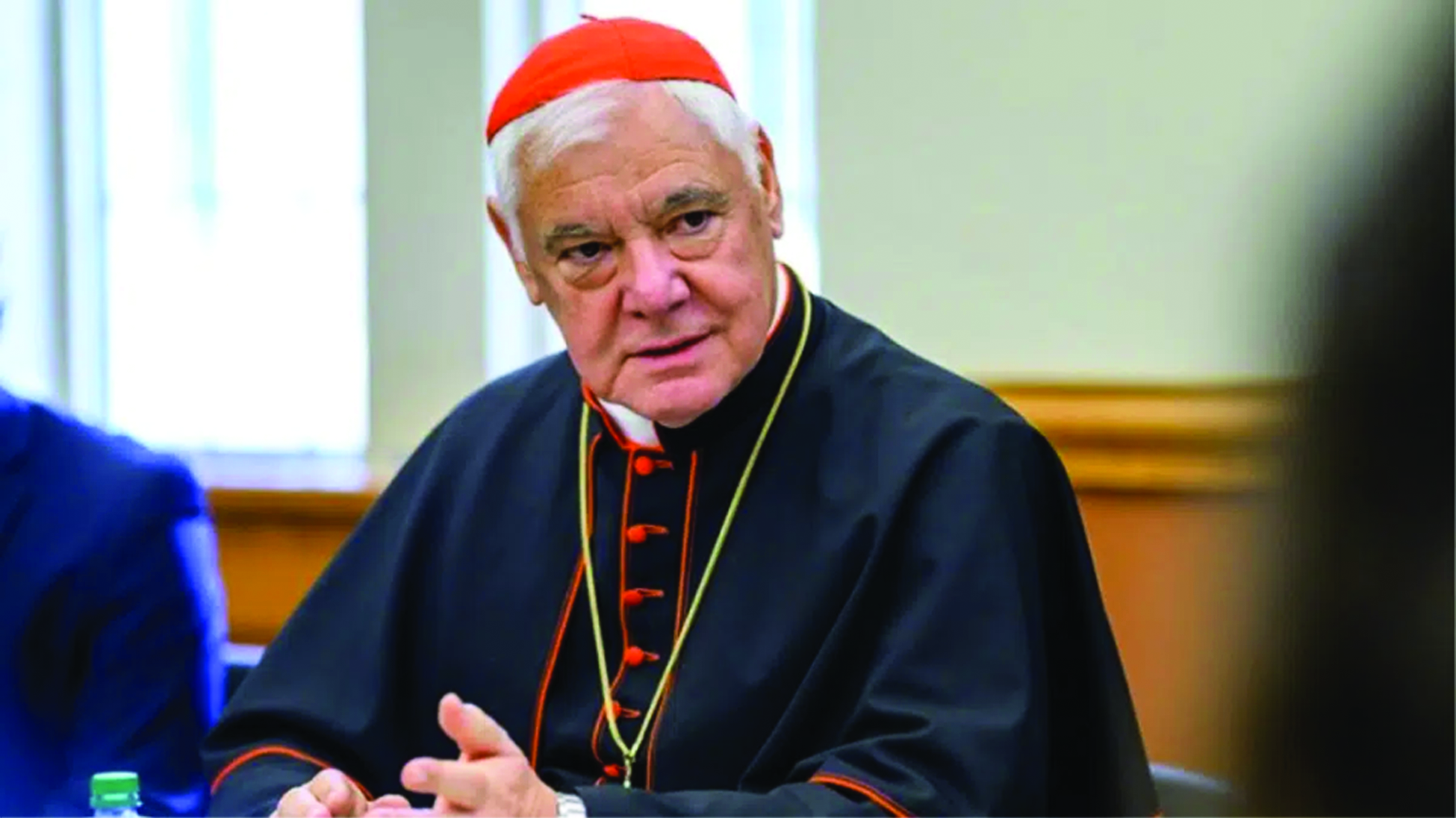

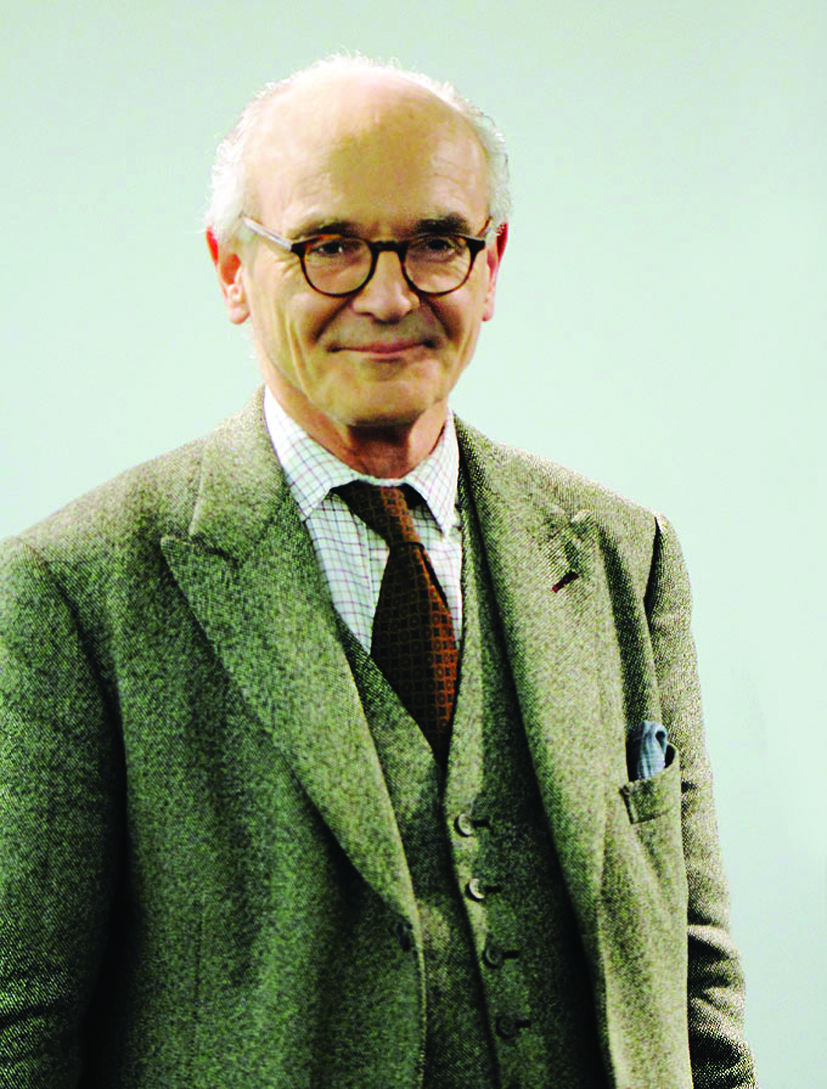
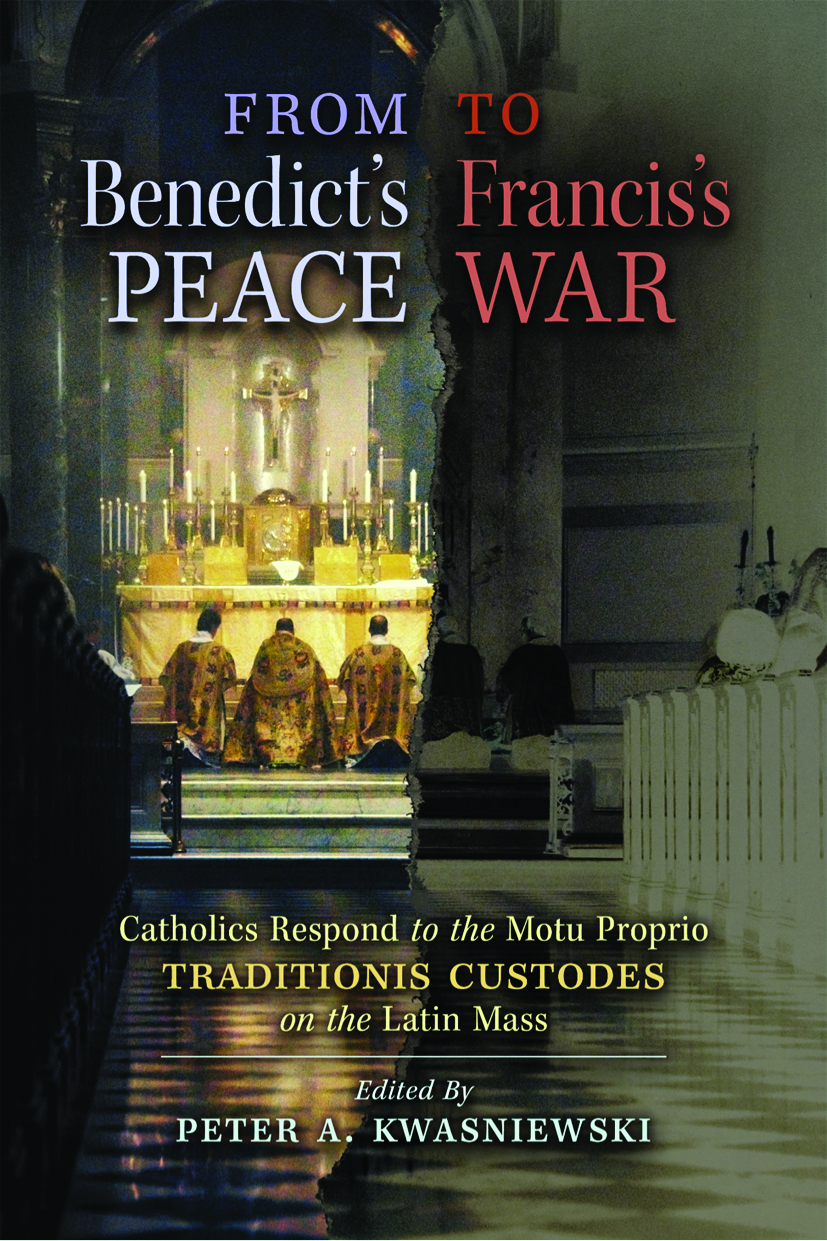
Facebook Comments